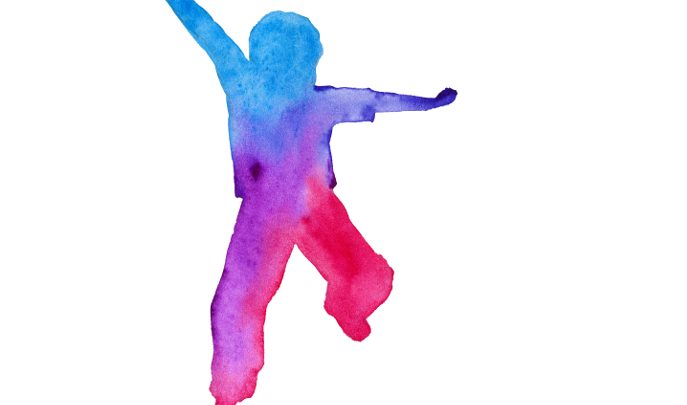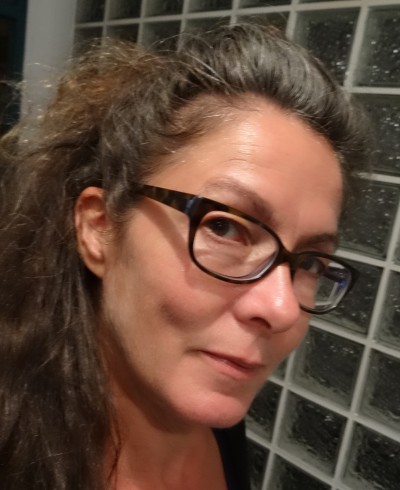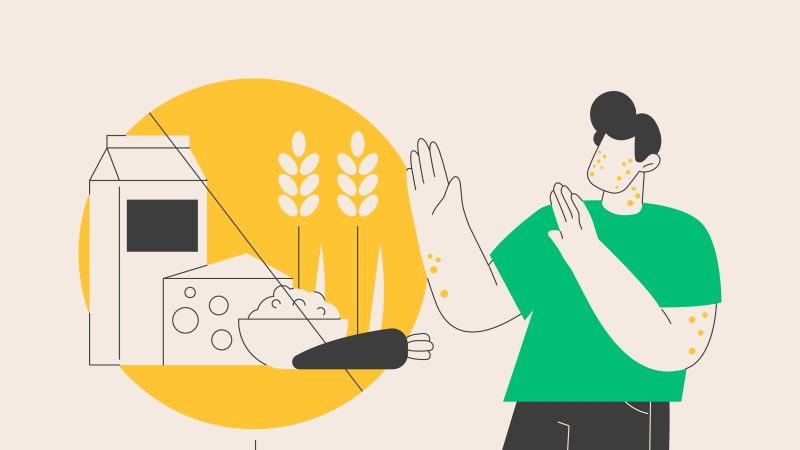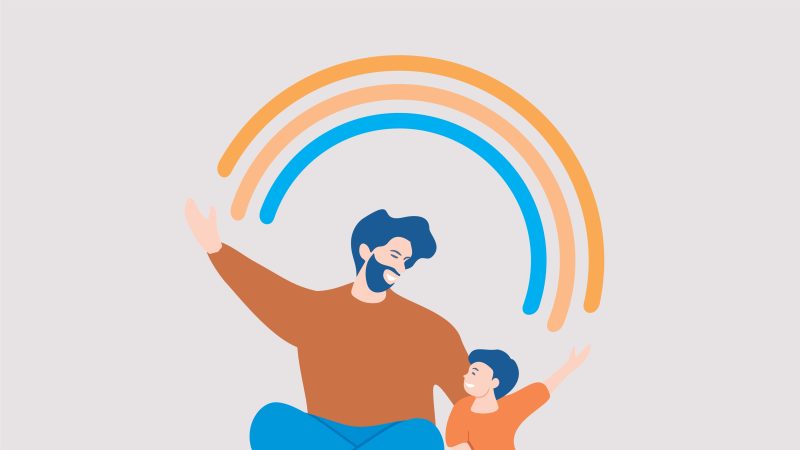Young Children Use Movement To Communicate – We Should Use It To Get Through To Them Too

The decline in the amount of physical activity children enjoy is not only detrimental to their bodily wellbeing, it can also have a negative impact on their communication skills and confidence levels

- by Nikky Smedley
- Writer, educator, consultant and former LaaLaa from Teletubbies Visit website

I don’t need to tell you that children are physical creatures. From the beginning, they express themselves with their whole bodies. During the earliest of early years, when they know the cadence of language but don’t necessarily have the vocabulary to fit the tune, they are already using gestures to help make themselves understood – and they learn those gestures from us.
It’s intriguing to me, though, that whilst we accept the development of a regional accent, there is little thought given to the physical habits a young child might pick up from those around them – and this happens in educational settings as well as at home. Over the years, the amount of physical activity children enjoy has steadily decreased. This is not only detrimental to their bodily wellbeing, but can also have a negative impact on their communication skills and confidence levels.
I’ve worked a lot in the EYFS, with EAL children and in SEN settings, all of which can mean needing to find ways to connect with children non-verbally. I have some tried-and-trusted techniques that centre on the physical. Firstly, get down to their eye-level – it’s something we all know, but it can be so easy to forget to implement.
When you think about it, if someone is already struggling, it only increases their feeling of helplessness to be gazing up constantly. Looking straight ahead is much less stressful.
Taking the attention away from the face entirely can be beneficial, especially when working to build a friendly group dynamic. For example, sitting on the floor in a circle with legs in front and knees bent, so that everyone’s shoes are touching and visible to all, then starting a toe tapping, foot wiggling game. Or, similarly, playing a clapping game.
With children who are finding it difficult to fit in, I’ve had great success using a conduit such as a length of rope or ribbon. Whether you are holding on to the ends and alternating moving closer together and further apart, winding the child in and out, or twirling around and under, it acts a metaphor and works well to engender the idea of a link. I’ve used long lengths of latex or fabric to extend this idea with groups of children.
With these and many other physical games, it’s usual that although I start the ball rolling, giving children something to copy, it’s never very long until they take up the baton and begin leading so that I (or others in the group) have to copy them.
Older children enjoy copying games too, and can also benefit by using movement to develop their sense of autonomy. One of my favourites is asking them to write their own name in the air with their finger, then very big, very small, and with different body parts – elbow, nose, toe, knee, bottom!
Trending
They can then add to this a movement for their favourite animal, their favourite pastime, something about where they live – the possibilities are endless, but they end up with a little sequence that is very personal and communicates some truths about themselves.
We seem to live in a world where the body is increasingly viewed as a mere vessel for the brain, but it has its own wisdom. Communication between brain and body is two-way, and we need to build fluid pathways to ensure this system works effectively as our children grow. And as we interact with each other, a strong sense of our own and others’ physical messages can only enhance our ability to relate.
These ideas and more are at the core of the ‘How to Speak Child’ initiative – eventually a book, but right here and now a forum to encourage conversation about all the different ways we communicate with youngsters (success stories and difficulties alike).
It’s for parents, educators and anyone else who is interested in the subject. I’d really love to hear from you, either on our Facebook page, via the contact form on our website (howtospeakchild.com), via email (nikky@howtospeakchild.com), or through Twitter: @howtospeakchild.
And if you’d like to hear more, here’s my TED talk ‘Play.Laugh.Shut Up.’:
Nikky is a writer, storyteller, educator, public speaker and passionate advocate for the child.










